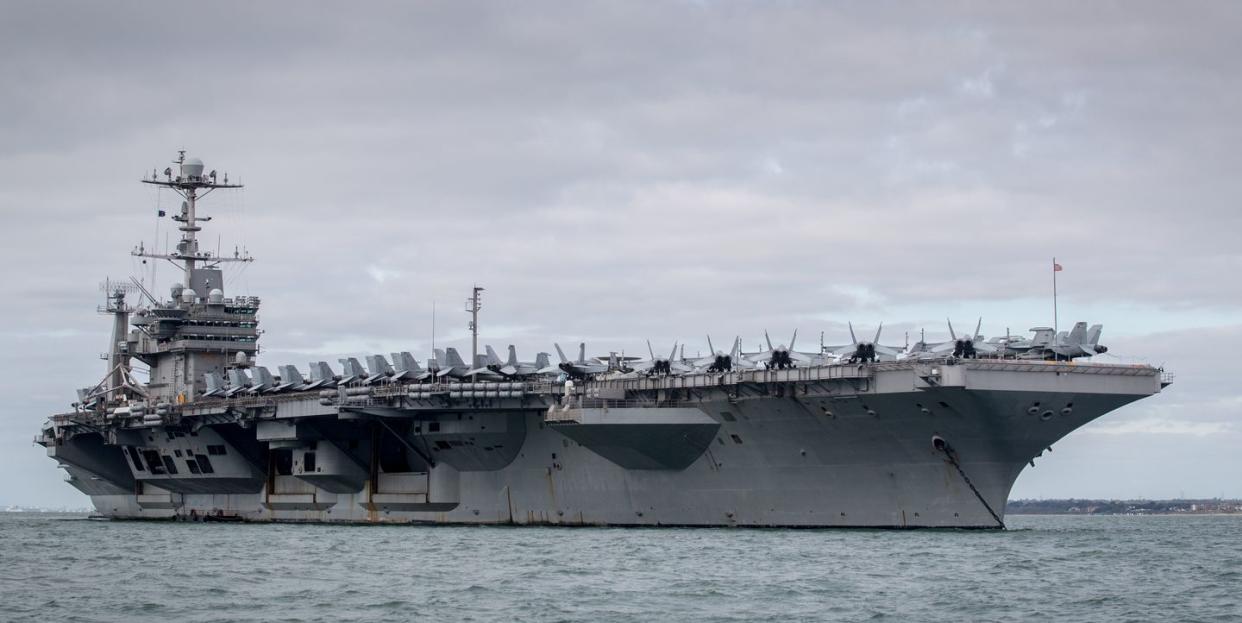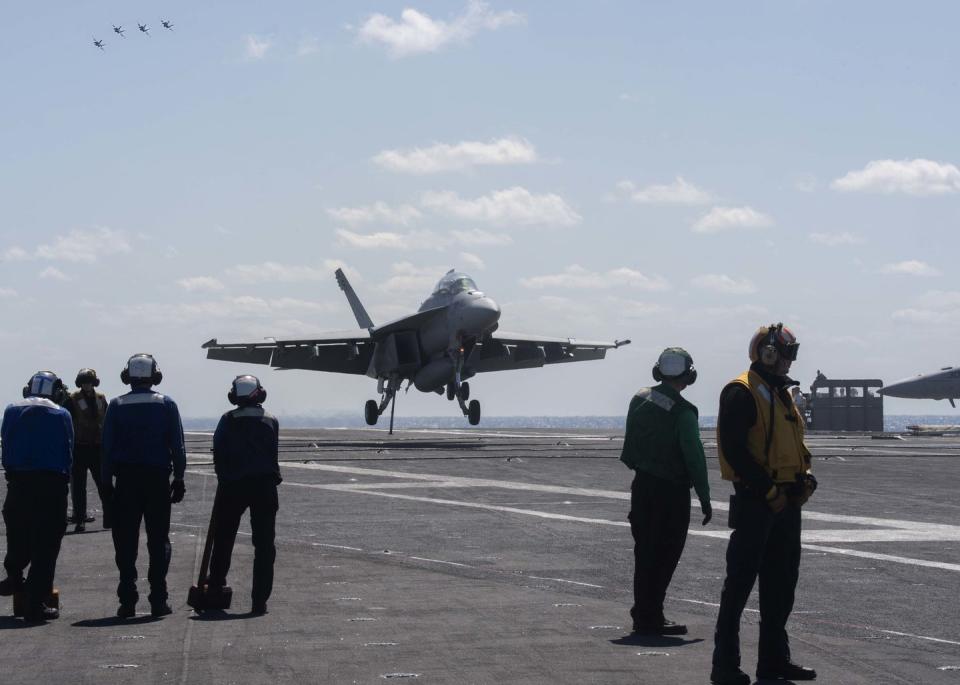Why the Navy Won’t Retire the USS Truman Early

The proposed retirement of the aircraft carrier USS Harry S. Truman is off the table. The announcement, made yesterday by Vice President Pence, countermands a decision by the Navy to retire the carrier early to save money.
Earlier this year, the U.S. Navy proposed retiring the USS Truman 25 years early rather than pay for an expensive midlife refueling and overhaul. The retirement was allegedly part of a deal hashed out by former Secretary of Defense James Mattis, which agreed to a two-carrier purchase
Vice President Mike Pence made the announcement yesterday while touring the Truman. Addressing a crowd of sailors, Pence said, “ We are not retiring the Truman.” USNI News quoted the vice president as saying. “The USS Harry S. Truman is going to be giving ‘em hell for many more years to come.”

USS Truman is a Nimitz-class nuclear-powered aircraft carrier. The ship is 1,092 feet long and displaces 103,900 long tons. Underway, the carrier is home to approximately 6,000 personnel split between the ship’s crew and the embarked air wing. The carrier’s air wing, Carrier Air Wing 7, includes four squadrons of strike fighters totaling approximately 48 F/A-18E/F Super Hornets. In the future, the carrier will embark two squadrons of Super Hornets and two squadrons of F-35C Joint Strike Fighters.
The aircraft carrier has been the dominant platform at sea since World War II, when it replaced the battleship as the centerpiece of large navies. Although critics have pronounced the carrier obsolete many times over the past seventy years the nature of the ship, which allows the Navy to swap out older aircraft with newer ones, has kept the ship equipped with the latest technology to counter emerging threats. The latest threats to carriers are hypersonic weapons and anti-ship ballistic missiles, particularly those being developed by Russia and China.
Truman’s Refueling and Complex Overhaul (RCOH) procedure would have involved a one-time refueling of the ship’s two Westinghouse A4W nuclear reactors and updating the rest of the ship with the latest technology. The RCOH was set to be expensive, costing $3.4 billion over five years. Down the road, the cost of operating the carrier over its remaining lifetime was estimated at $20 billion over 25 years.

The Navy’s argument is that it would save a lot of money over the projected course of Truman’s lifetime, money that could be diverted to other programs. The Navy is currently trying to grow from a current 289 ships to 355 ships by the mid-2030s. Axing Truman would have freed up $23.4 billion over 30 years, or about enough to build twelve new Burke-class destroyers. Alternately the money could have gone into unmanned ships, of which the Navy plans to buy 232 of various sizes. The Navy could have also sunk that money into building attack submarines, the number of which is expected to drop from 52 to 42 by the late 2020s.
The Navy faced an uphill battle retiring the carrier. Only 21 years old, Truman is just halfway through her projected operational lifespan. Cutting Truman would have also violated federal law: under 10 U.S.C. 8062(b) the minimum number of carriers in the U.S. Navy battle fleet is set at eleven ships. The government would have required a waiver, granted by Congress, to drop below the eleven carrier ceiling.
That was unlikely to happen. Aircraft carriers have strong, entrenched constituencies in Congress, with senators and representatives from states and districts with shipyards, shipbuilding subcontractors, aircraft manufacturers, and naval bases all having a keen interest in keeping a strong carrier fleet-and the USS Truman in particular. Members of Congress expressed skepticism early on at the proposal to scrap the Truman.
“I think that’s a ridiculous idea,” Rep. Elaine Luria (D-Va.) stated when the proposal was first floated. Luria is a retired Navy commander who served two years on the Truman. Luria represents the district that includes Naval Station Norfolk, where Truman is based.
('You Might Also Like',)

